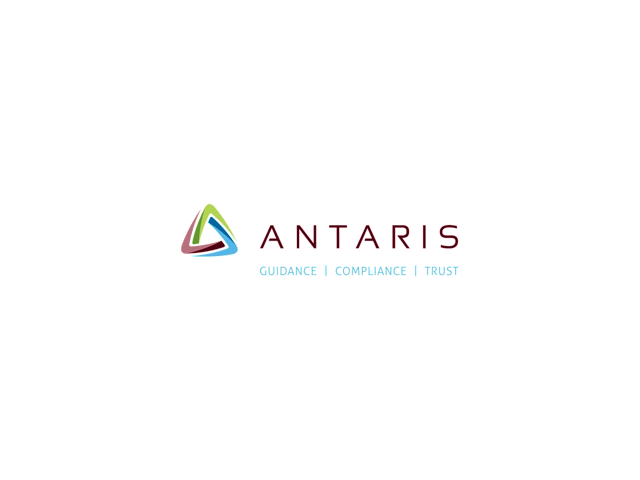The International Organisation for Standardisation (ISO) published the Integrated Use of Management System Standards (IUMSS) Handbook in November 2018. First published in 2008, this second edition brings together best-practice guidance and case studies on the implementation of integrating management system standards.
The Handbook has been updated to reflect the many changes in management system standards since the advent of the Annex SL format and terminology. Annex SL was developed in order to ensure that all future ISO management system standards share a common format irrespective of the specific discipline to which they relate.
Annex SL prescribes a high-level structure, identical core text, and common terms and core definitions based on the following clauses:
- Clause 1 Scope;
- Clause 2 Normative references;
- Clause 3 Terms and definitions;
- Clause 4 Context of the organisation;
- Clause 5 Leadership;
- Clause 6 Planning;
- Clause 7 Support;
- Clause 8 Operation;
- Clause 9 Performance evaluation;
- Clause 10 Improvement.
In the new disposition, the Plan – Do – Check – Act cycle is transposed as follows:
- clause 6: Planning (Plan);
- clause 7: Support & Clause 8: Operation (Do);
- Clause 9: Performance evaluation (Check);
- Clause 10: Improvement (Act).
The number of management system standards based on the Annex SL high-level structure has risen dramatically in recent years, reflecting the needs and demands of more and more organisations looking to improve their performance across a wide range of areas and sectors.
Typical of the standards that have adopted this structure include the following:
- ISO 9001:2015 Quality Management
- ISO 14001:2015 Environmental Management
- ISO 45001:2018 Occupational Health and Safety
- ISO 50001:2018 Energy Management
- ISO 22301:2012 Business Continuity
- ISO 27001:2013 Information Security
- ISO 41001:2018 Facility Management
- ISO 22000:2018 Food Safety Management
- ISO 55001:2014 Asset Management
- ISO 21001:2018 Education Management
From improving quality to energy efficiency, environmental performance or information security management, the use of management systems has grown rapidly in recent years, reflecting increasingly complex operating environments and organisational contexts. The quest for continual improvement and sustained performance has prompted the need for a handbook to help guide organisations through effective management system design that is flexible and easy to use.
This handbook provides a practical guide for organisations to effectively align their management systems with their strategies, plans and operations.
The Handbook contains the following three chapters:
- Chapter 1 describes the fundamentals of a management system and how it links an organisation’s strategies, plans, and operations;
- Chapter 2 describes the structure and content of different management system standards and their application;
- Chapter 3 describes how an organisation integrates the requirements of multiple management system standards into their management system.
Chapter 1: Management system
Chapter 1 sets out the purpose and elements of a management system. It describes how the organisation’s management system relates to its business context. This understanding is the basis for an integrated approach to the management system.
Chapter 1.1 Management system features
An organisation exists to meet the needs and satisfy the expectations of its interested parties. This is achieved through the implementation of a management system, being a set of interrelated or interacting elements of an organisation to establish policies and objectives, and processes to achieve those objectives.
Organisations have different operating models with varying levels of complexity. Based on this complexity, the scope of the management system can apply to an element of an organisation such as a business unit, or to the entire organisation. When integrating multiple standards into the management system it is essential to consider the scope of the management system.
The organisation must gain an understanding of the context in which it operates by examining the internal and external issues that can impact in a positive or negative manner on its performance including, inter alia, organisational culture and structure, and the external environment including cultural, social, political, legal, financial, technological, economic, market competition and natural factors of significance to its performance.
The organisation will be required to identify all relevant internal and external issues including conditions, characteristics or changing circumstances that can affect its system and then address those that require further attention.
External issues include the following:
- The cultural, social, political, legal, financial, technological and economic conditions in which the organisation operates, whether at international, national, regional or local level;
- The legislative framework in which the organisation operates including statutory, regulatory and other forms of legal requirements;
- Competition and market conditions;
- Relationship with contractors, suppliers, partners and other external interested parties;
- Key drivers and trends of relevance to the industry or sector in which the organisation operates.
Internal issues include:
- The size and complexity of the organisation and the nature of the activities carried out therein;
- The strategic direction of the organisation, its policies and objectives;
- Organisational governance and structure, roles and accountabilities;
- The capability and capacity of the organisation in terms of resources, knowledge and competence (e.g. capital, employee competencies, processes, systems and technologies);
- Information systems: information flows and decision-making processes (both formal and informal) and the time frame within which they are accomplished;
- The process for introducing new products, materials, services, tools, software, premises and equipment;
- Organisational style and the preeminent culture of the organisation;
- The form and extent of contractual relationships, including, for example, outsourced activities;
- Working time arrangements;
- Working conditions;
An understanding of the organisation and its context can be achieved at a strategic level by using techniques such as Strengths, Weaknesses, Opportunities and Threats (SWOT) analysis, and Political, Economic, Social, Technological, Legal, and Environmental (PESTLE) analysis. Alternatively, depending on the size and complexity of its operations, the organisation can use a simpler approach, such as brainstorming and asking, “what if” questions.
The organisation then designs its processes in consideration of these internal and external issues.
Whether an organisation is small or large, simple or complex, the environment in which it operates influences the design and implementation of its management system. The management system will need to be agile, adaptable and responsive to the organisational changes that take place over time such as the size and nature of the organisation and the products and services it offers.








